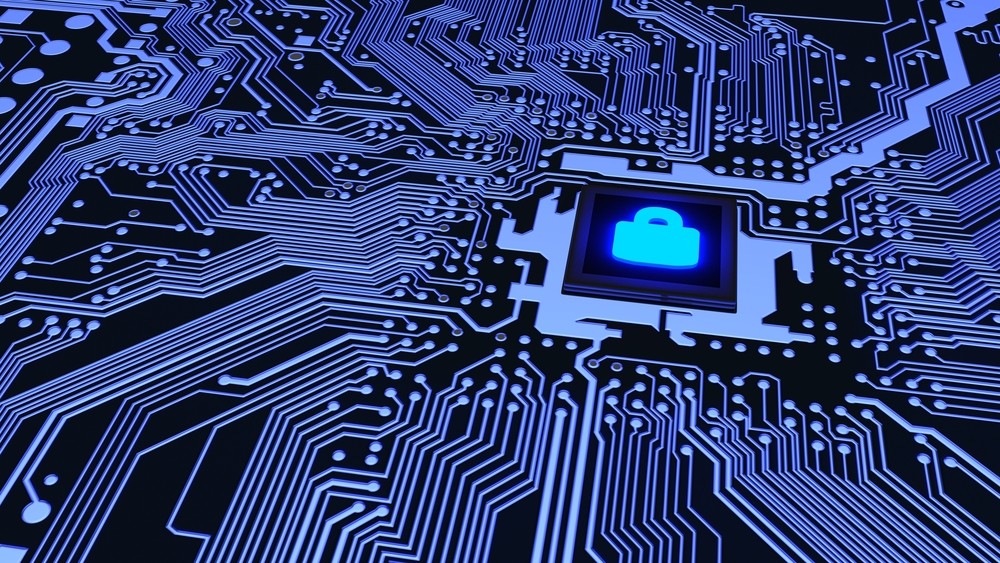Over the past year, the digital world has come to define our everyday life, and encryption systems such as RSA public key encryption (PKE) are essential to the internet, ecommerce, and the secure transfer and storage of vast quantities of sensitive business and personal data. However, the underlying security of this infrastructure is often taken for granted.
This security is now increasingly under threat by the progressive sophistication of cybercriminals determined to steal private data for intelligence and financial gains. Alongside this, there is also the looming prospect that their operations might be further enabled by emerging technology of quantum computing. The combination of nuanced cybercriminals, paired with the latest technological capabilities, arrives at a particularly critical time when we are observing mass home working, and the volume of data moving across networks is being accelerated by the expansion of mobile traffic, as well as Internet of Things (IoT) and machine-to-machine (M2M) communication. With this, PKE algorithms will become more vulnerable to compromise, and without secure encryption, the private communication we rely on today will start to erode, damaging digital commerce and entire economies.
The race to develop quantum safe encryption
Without a new system of encryption, data breaches and leaks of sensitive information will become more commonplace. Yet while investment into quantum computers themselves has been vast, the level of funding going into the quantum resistant technology needed to balance the quantum threat hasn’t always been as forthcoming.
However, this has started to change with the mainstream arrival of quantum cryptography – implemented through Quantum Key Distribution (QKD) – which offers a route out of this quantum dilemma. Unlike conventional public key encryption, whose security depends on the inability of classical computers to solve complex mathematical problems within a practical timeframe, QKD’s security is guaranteed by fundamental and unavoidable physical laws. Combined with quantum resistant algorithms, this means that QKD is not only secure from today’s data tapping attacks but all future ones as well. Put simply, the method works by securely distributing encryption keys between two communicating parties, so that any attempted interception generates errors which are impossible to hide.
Multiplexing – the next milestone
But not all QKD solutions are the same, and Toshiba has created what could be seen as the tipping point in the adoption of the technology – multiplexing. Conventional QKD systems have the drawback of requiring separate fibre channels for key distribution and data, which makes them more expensive to implement using dark fibre. But with multiplexing, the quantum and classical data channels can share the same lit fibre on the O-band (quantum signal) and the C-band (data traffic) over a distance up to 70km, and with a key rate in excess of 40kb/s for 10 dB loss. Meanwhile a further development – active stabilisation technology – need also be deployed in order to automatically monitor and compensate for miniscule variations in the fibre’s temperature or physical length which might otherwise introduce errors and reduce bit rates.
Making multiplexed QKD practical in unstable real-world networks has required major advances in technology, and the arrival of multiplexed QKD is certainly a ground-breaking development. At a stroke, the technology doubles the network capacity, and halves the cost of deployment, making it commercially competitive.
In terms of real-world application, last year Toshiba and BT announced the UK’s first industrial deployment of a QKD quantum-secure network in a 6km link between the National Composites Centre (NCC) and the University of Bristol Centre for Modelling & Simulation (CFMS). This demonstrates how QKD can be deployed to protect sensitive data in a way which meets the emerging security requirements of industry. Having installed Toshiba’s QKD system, this can now be done over standard BT fibre optic cable at a rate of thousands of secure keys per second.
QKD isn’t the sole technology designed to counter the threat of quantum computers, and another - Post-quantum cryptography (PQC) – is also touted as a viable solution. The idea behind PQC is to develop new algorithms not dependant on the vulnerable integer factorisation used by public key algorithms which could be shown to be resistant to an attack by a quantum computer. Yet standard bodies are still evaluating which of more than two dozen algorithms might be up to the job – a process which will take years, with any positive outcome far from certain. The security of QKD’s underlying physics, on the other hand, is unconditional, meaning it offers unprecedented security when it comes to the detection of eavesdropping attacks. The future, though, will see room for both QKD and PQC, as each can be deployed in a complimentary way for different applications.
Ultimately QKD is a ready-now fit for the secure backbone communication used by financial services, advanced industry, and healthcare sectors, where secrecy is at a premium. And better yet, it is future-proofed to serve as an important foundation of a future quantum Internet, which will one day connect powerful quantum computers via secure QKD infrastructure.





